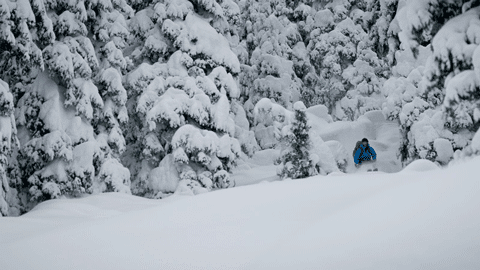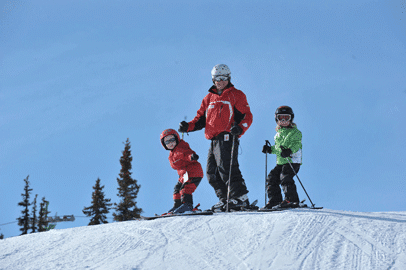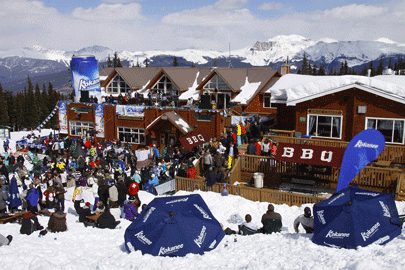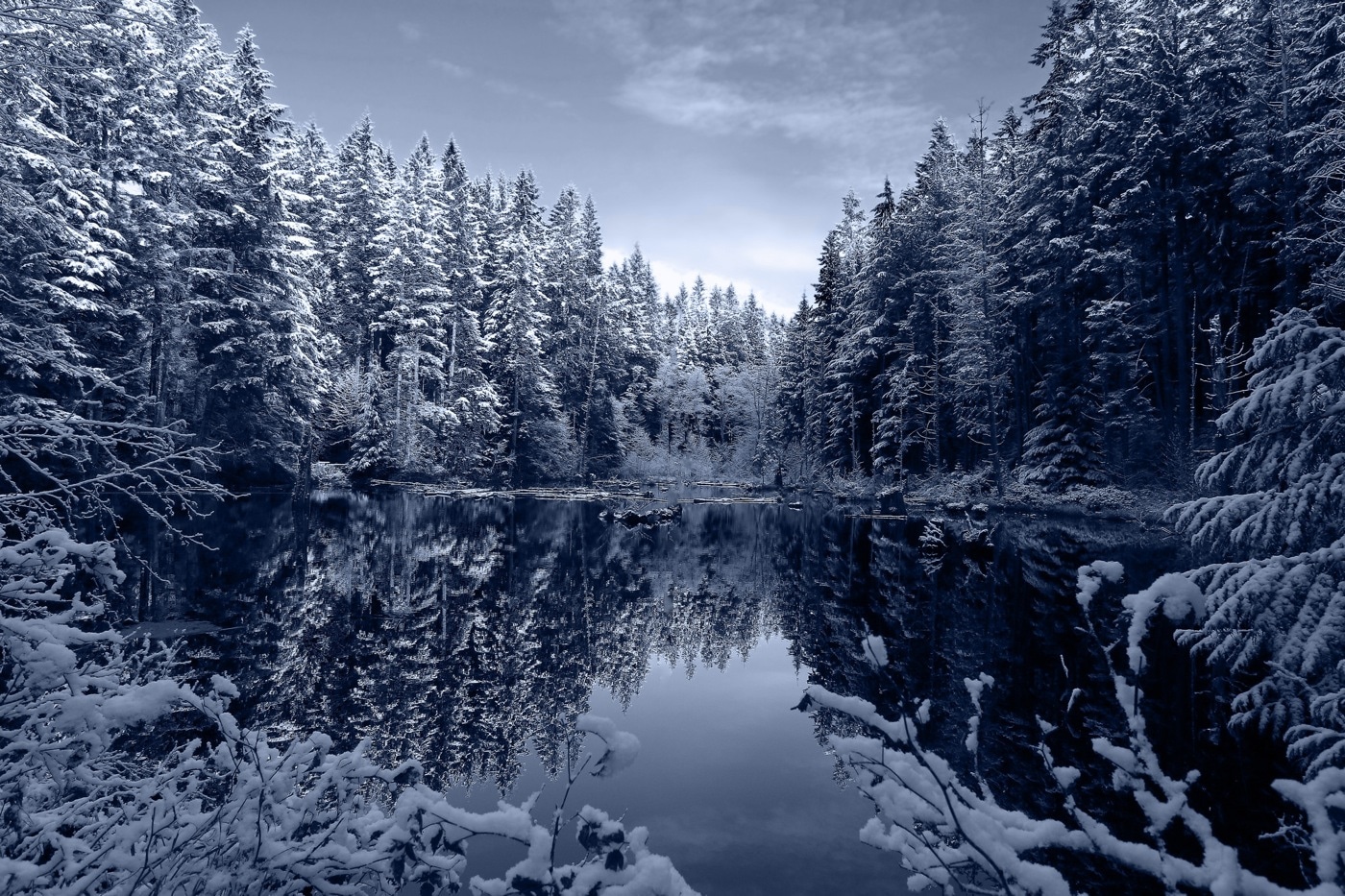It’s a myth that Canada’s Inuit have hundreds of words for snow. Counting generously, according to anthropologist Franz Boaz, experts can come up with about a dozen. I’d counter that the English-speaking subculture of skiers and snowboarders reigns supreme when it comes to terms for Ullr’s gift to winter sports.
While it isn’t essential to master the entire vocabulary before your first visit to a Canadian ski resort, it’s not a bad idea to come prepared. All of these terms could pop up in the resort’s snow report, in conversation with rental shop employees, or at the bar, so it’s best to know the basics.
Powder Snow

Powder describes freshly fallen, untouched snow. To most mountain town residents, powder is more addictive than any drug. Powder supersedes even lifelong friendships; the phrase, no friends on a powder day, is a valid excuse to blow off any social responsibility. I would ignore my grandmother’s 85th birthday if it snowed the night before. Thankfully, my wedding anniversary lands after ski season.
All powder, however, is not created equal. Powder comes in different shapes and sizes, densities and consistencies.
- Champagne powder – Without geeking out about technicalities, Champagne Powder is the lightest snow imaginable. It’s common in the Canadian Rockies, rather than the Coast Mountains, because it exists only in very cold temperatures.
- Synonyms: coldsmoke, blower, hero snow
- Bottomless –Skiers and snowboarders use this term to describe a quantity of snow that is so deep it completely eliminates the former bed surface – whether that’s the ground or hard packed, old snow. Skiing in bottomless snow feels like floating down the mountain.
- Antonym: Dust on Crust
- Crud – Skiers turn fresh powder into crud by skiing it repeatedly.
Packed Powder

Although it’s an oxymoron, packed powder is the resort marketing team’s word to describe snow conditions when it hasn’t snowed in days, weeks, or months. No self-respecting skier or snowboarder would ever utter the name, as more precise terms exist:
- Groomed – Snowcats maintain the smoothness of the slopes, leaving a flat, ribbed surface that while groomed, is typically the domain of beginner and intermediate skiers. Ski instructors love groomed runs, as they are the best place to show off proper technique.
- Synonyms: corduroy
- Hardpack – While groomed runs are technically hardpacked, this term is more commonly used to describe off-piste terrain that hasn’t seen fresh snow in ages. The hard surface passes through several phases called (in increasing order of hardness): boilerplate, bulletproof, and, finally, death ice.
- Wind Effect – Wind is the powder skier’s archenemy, as it can quickly turn champagne powder into hardpack, but there are several stages of wind-affected snow that separate the two categories. Wind skin is a slightly consolidated layer on the snow’s surface that doesn’t really affect ski conditions; wind slab is a hard layer on the surface that often feels supportive until a skier punches through and inevitably crashes; and sastrugi is completely wind-eroded snow, which often has a visibly rough surface.
Spring Snow

Canada enjoys a long ski season that stretches well into spring. Once temperatures climb above freezing, snow conditions quickly change. That said, spring snow falls into three distinct categories:
- Mashed Potatoes – When temperatures increase, water seeps into the snowpack and creates a lumpy, soft snow that is comparable to homemade mashed potatoes.
- Synonyms: Sierra cement, elephant snot, coastal pow
- Corn – As temperatures waiver back and forth between above and below freezing, the snow goes through a melt-freeze cycle that produces large granular crystals akin to corn that makes for some of spring’s best skiing.
- Slush – the last stage of spring skiing is slush. The snowpack is finally waterlogged and skiing becomes difficult. These conditions often elicit a party-like atmosphere to celebrate the end of ski season. Expect to see bikinis and board shorts on the mountain.

